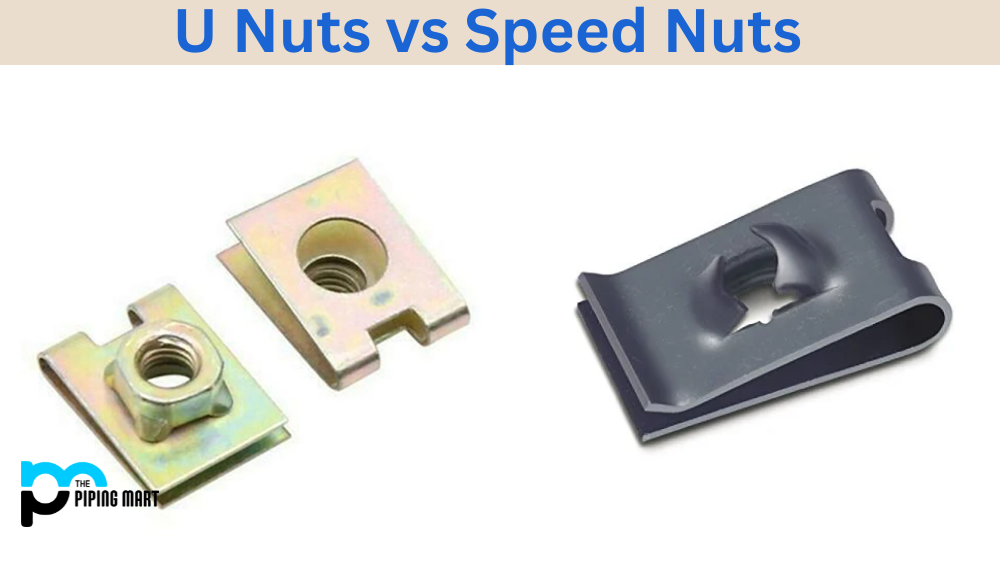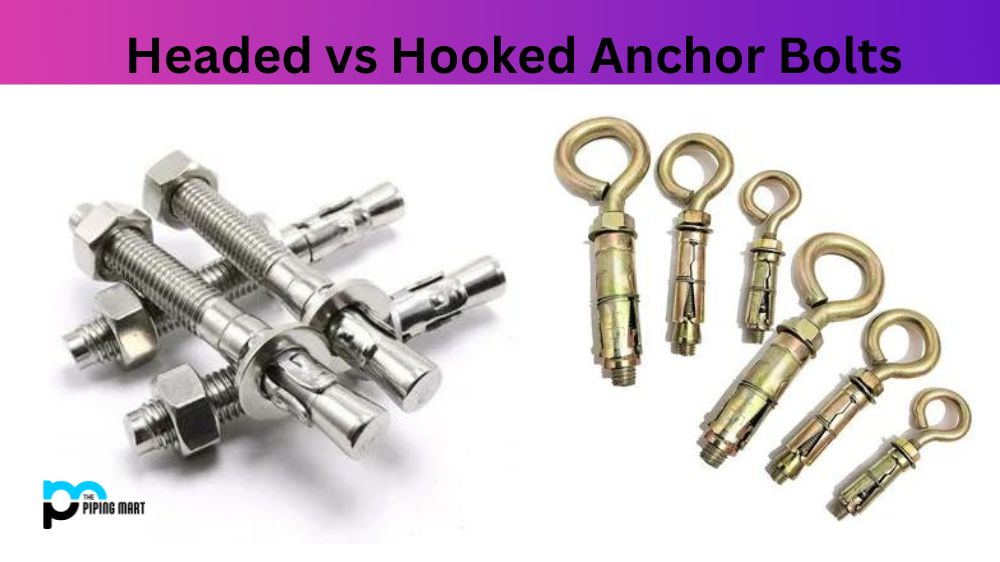Regarding fastening materials together, rivets have always been the go-to solution. Their easy installation, high strength, and reliability have become a staple in various industries, from aerospace to construction. However, not all rivets are created equal. Two of the most common rivets used today are multi-grip and blind rivets. This blog post explores the differences between these two rivet types and helps you understand which is better suited for your application.
What is Multi-Grip Rivets?
Multi-Grip Rivets are versatile fastening solutions that offer three different grip ranges. Their unique design features a bulged head and a knurled, adjustable shank, making them ideal for applications where permanent fasteners cannot be used. Multi-grip rivets are available in several sizes and materials, making them suitable for various industrial applications such as automotive, furniture manufacturing, sporting goods assembly, and more.
What is Blind Rivets?
Blind Rivets are specialized fasteners that allow for the attachment of two pieces of material without being able to access the backside. They have a metal stem and an expandable body made from aluminium, steel, or stainless steel. The blind rivet is inserted through a hole in both materials and pulled tight with a special tool so that the expandable body firmly holds both materials together.
Difference Between Multi-Grip Rivets and Blind Rivets
Installation Process
One of the main differences between multi-grip rivets and blind rivets is their installation process. Multi-grip rivets have a unique design that allows them to be installed using a standard rivet tool, while blind rivets require a specialized tool called a rivet gun. Blind rivets require a hole drilled in the joined materials, while multi-grip rivets do not. In addition, multi-grip rivets are easier and faster to install, requiring only one tool to set the rivet.
Expansion Capabilities
Multi-grip rivets are designed to expand and grip the joined materials, providing a secure and tight fit. They are available in several different sizes and grip ranges, and their flexible design makes them ideal for applications where materials need to be joined together but may have slightly different thicknesses. Blind rivets, on the other hand, are limited by the size of the hole they are installed in. They do not expand after installation, meaning they may not provide as secure a grip as multi-grip rivets in certain applications.
Strength and Durability
Multi-grip rivets and blind rivets are designed to be strong and durable, but multi-grip rivets generally have a higher shear and tensile strength. This is because they have a larger contact area with the joined materials, which helps distribute the load more evenly. Blind rivets, on the other hand, can be susceptible to breakage if subjected to lateral forces due to the design of their mandrel.
Material Compatibility
Another factor to consider when choosing between multi-grip rivets and blind rivets is material compatibility. Blind rivets are typically made from aluminium or steel, making them better suited for joining materials with similar properties. On the other hand, multi-grip rivets can be made from various materials, including aluminium, steel, and stainless steel, allowing them to be used in a wider range of applications.
Cost
Finally, cost is important when choosing between multi-grip rivets and blind rivets. Blind rivets are generally less expensive than multi-grip rivets, primarily because they do not require a specialized tool for installation. However, the cost of the installation tool needed to install blind rivets can quickly add up, making multi-grip rivets a more cost-effective solution in the long run.
Conclusion:
In summary, multi-grip rivets and blind rivets are both excellent solutions for fastening materials together. The choice between these two rivet types ultimately depends on the specific application and the joined materials. If you need a versatile, easy-to-install, and durable solution that can be used with a wide range of materials, multi-grip rivets are the perfect choice. On the other hand, if you need a cost-effective solution that is best suited for joining similar materials, blind rivets are the way to go. Whatever your choice, multi-grip rivets and blind rivets are sure to provide a strong and reliable joint.

Meet Bhavesh, a seasoned blogger with a wealth of knowledge and experience. From metal products manufacturing to retail, Bhavesh has a diverse background in various industries and is dedicated to sharing his insights and expertise with readers.




